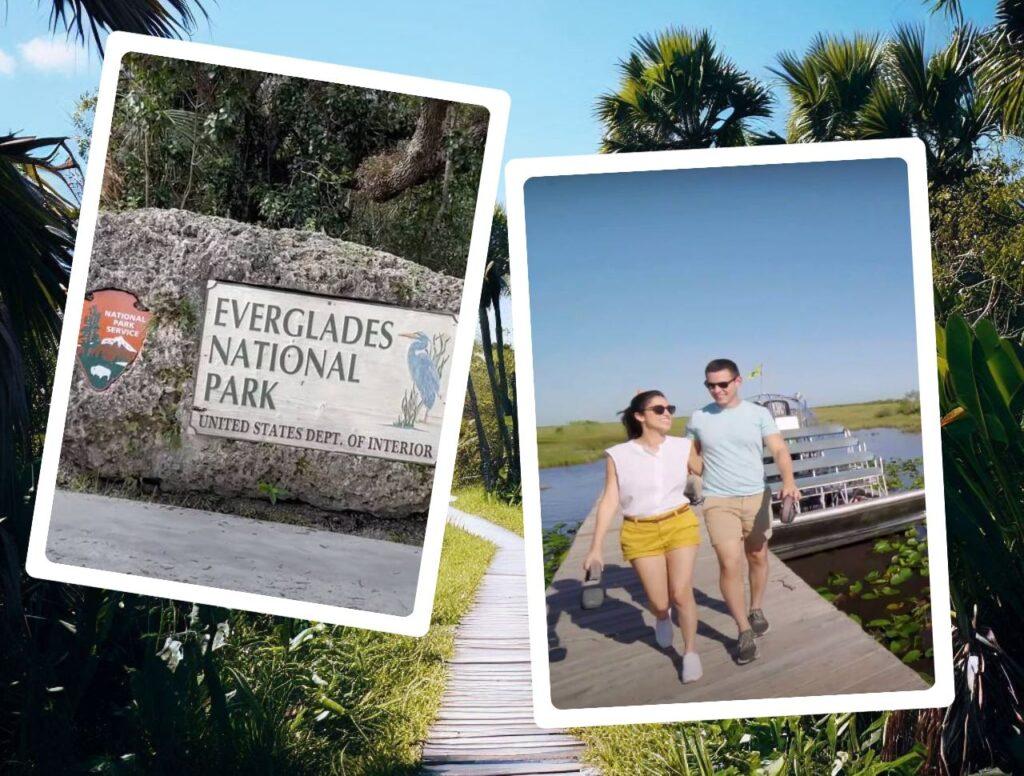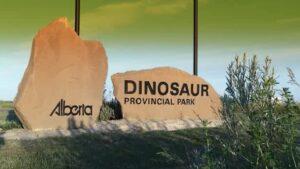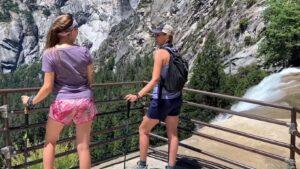Everglades National Park is the largest subtropical wilderness in the United States, covering 1.5 million acres of wetlands, prairies, forests, and coastlines. It is home to a rich diversity of wildlife, including endangered species such as the American crocodile, the Florida panther, and the manatee. It is also a UNESCO World Heritage Site, a Biosphere Reserve, and a Wetland of International Importance.
If you are planning to visit this amazing park, you may wonder How to Plan Your Trip to Everglades National Park. Here is a suggested Itinerary for a 3-day Trip to Everglades National Park that will give you a taste of the park’s different ecosystems and wildlife: Day 1: Ernest Coe Visitor Center and Anhinga Trail, Day 2: Shark Valley and Gulf Coast Visitor Center, and Day 3: Flamingo and Pa-hay-okee Overlook.
Day 1: Ernest Coe Visitor Center and Anhinga Trail
Start your trip at the Ernest Coe Visitor Center, where you can learn about the park’s history, ecology, and wildlife. You can also watch orientation films, browse the bookstore, and get maps and brochures. The visitor center is open daily from 9 a.m. to 5 p.m., but hours may change depending on the season.
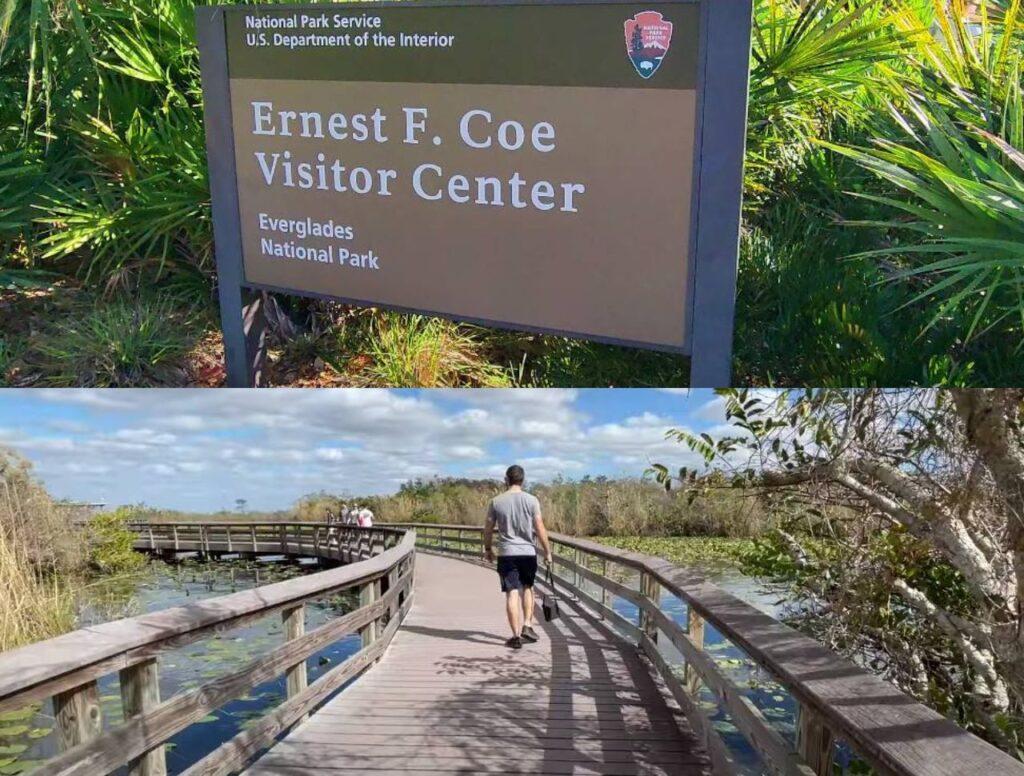
Drive to the Royal Palm area and hike the Anhinga Trail, a 0.8-mile (1.3-km) loop that offers excellent views of the freshwater sloughs and marl prairies. You may see alligators, turtles, herons, egrets, anhingas, and other birds along the way. The trail is open 24 hours a day, but it is best to visit in the morning or evening when the wildlife is more active.
Have a picnic lunch at the nearby Long Pine Key Picnic Area, which has tables, grills, restrooms, and a pond. The picnic area is open from sunrise to sunset.
Return to the visitor center and explore the nearby trails, such as the Gumbo Limbo Trail, a 0.4-mile (0.6-km) loop that passes through a tropical hardwood hammock, or the Pineland Trail, a 0.4-mile (0.6-km) loop that showcases the pine rockland ecosystem. Both trails are open 24 hours a day.
Spend the night at the Long Pine Key Campground, which has 108 drive-up sites with restrooms, showers, and potable water. The campground is open from November to April and costs $20 per night. You can make reservations online or by phone.
Day 2: Shark Valley and Gulf Coast Visitor Center
Drive to the Shark Valley area and take a guided tram tour or rent a bicycle to explore the 15-mile (24-km) loop road that follows an old canal. You will see a variety of wildlife, such as alligators, deer, raccoons, otters, and wading birds. You can also climb the 65-foot (20-m) observation tower for a panoramic view of the park. The tram tour costs $27 for adults and $14 for children and lasts about two hours. The bicycle rental costs $9 per hour and lasts up to three hours. The visitor center is open daily from 8:30 a.m. to 6 p.m., but hours may change depending on the season.
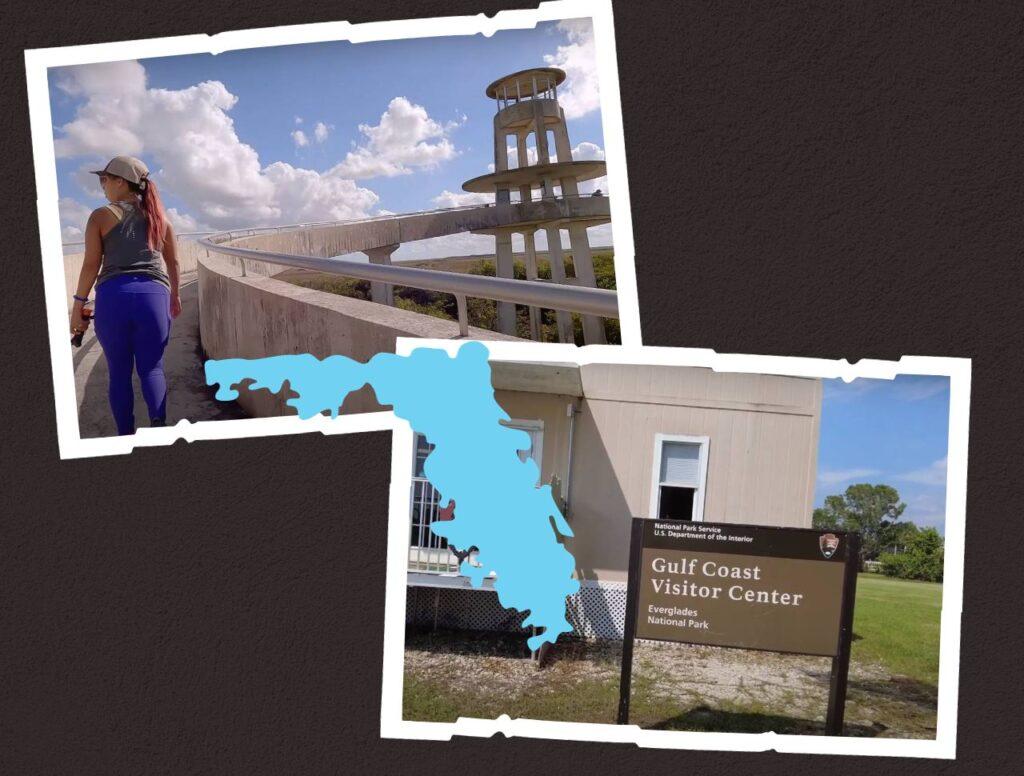
Have lunch at the Shark Valley Cafe, which serves sandwiches, salads, snacks, and drinks. The cafe is open daily from 9:30 a.m. to 5 p.m., but hours may change depending on the season.
Drive to the Gulf Coast Visitor Center in Everglades City. You can also book a boat tour or rent a kayak to explore the Ten Thousand Islands National Wildlife Refuge, a maze of mangrove islands and waterways that is home to dolphins, manatees, pelicans, ospreys, and other wildlife. The boat tour costs $40 for adults and $20 for children and lasts about an hour and a half. The kayak rental costs $25 for two hours or $40 for four hours. The visitor center is open daily from 8 a.m. to 4:30 p.m., but hours may change depending on the season.
Spend the night at the Gulf Coast Campground, which has 12 sites with restrooms and potable water. The campground is open year-round and costs $20 per night. You can make reservations online or by phone.
Day 3: Flamingo and Pa-hay-okee Overlook
Drive to the Flamingo area and visit the Flamingo Visitor Center, where you can learn about the park’s coastal lowlands and see exhibits on crocodiles, manatees, and other wildlife. You can also rent a canoe or a kayak to paddle along the Florida Bay or the Buttonwood Canal. The canoe rental costs $20 for two hours or $35 for four hours. The kayak rental costs $30 for two hours or $45 for four hours. The visitor center is open daily from 8 a.m. to 4:30 p.m., but hours may change depending on the season.
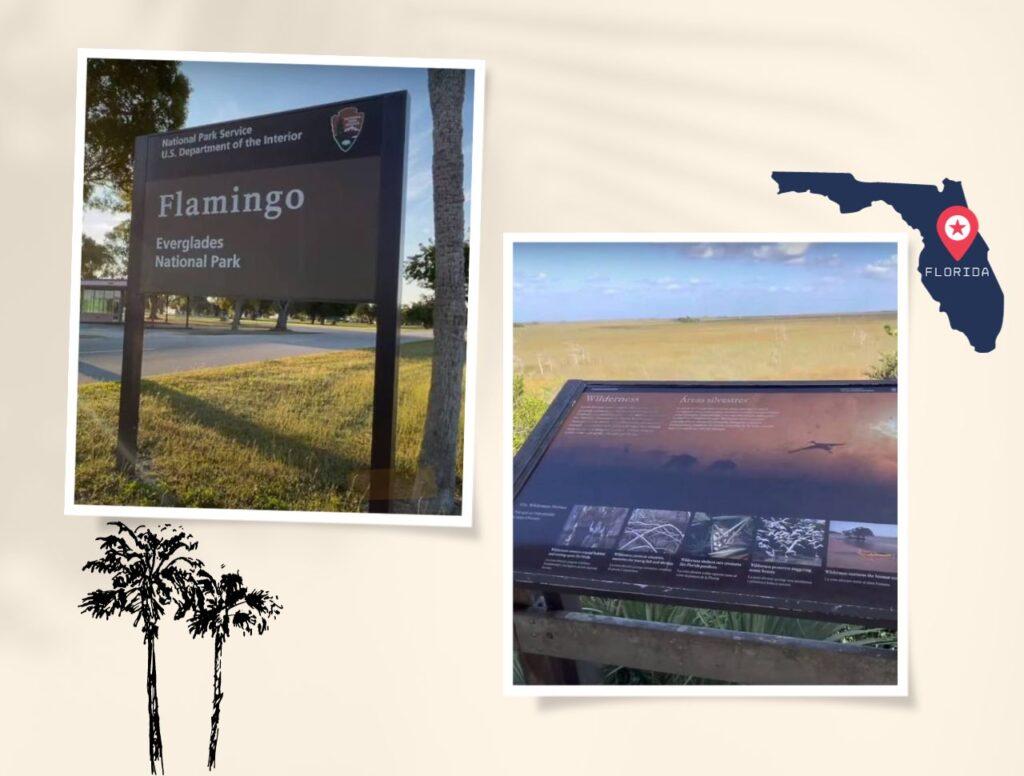
Have lunch at the Flamingo Marina Store & Cafe, which serves burgers, hot dogs, pizza, salads, and drinks. The store and cafe are open daily from 7 a.m. to 7 p.m., but hours may change depending on the season.
Drive back to the main park road and stop at the Pa-hay-okee Overlook, a boardwalk that leads to an observation platform overlooking the vast river of grass. You may see alligators, wading birds, and other wildlife in the distance. The overlook is open 24 hours a day.
Continue driving along the main park road and stop at any other attractions that interest you, such as the Mahogany Hammock Trail, a 0.5-mile (0.8-km) loop that passes through a dense tropical hardwood hammock; or the Eco Pond Trail, a 0.5-mile (0.8-km) loop that circles a freshwater pond that attracts many birds. Both trails are open 24 hours a day.
End your trip at the Ernest Coe Visitor Center or exit the park through another entrance.
How to Plan Your Trip to Everglades National Park
Best way to visit Everglades National Park is by driving your car or renting one. This will give you more flexibility and convenience to explore the park at your own pace and preference. If you want to visit Everglades National Park, here are some tips and suggestions on how to plan your trip:
The park has four main entrances: the Ernest Coe Visitor Center near Homestead, the Shark Valley Visitor Center near Miami, the Gulf Coast Visitor Center near Everglades City, and the Flamingo Visitor Center near Florida City. Each entrance offers different access points and activities, so you may want to visit more than one during your trip.
Everglades National park is open 24 hours a day, 365 days a year, but some facilities and services may have limited hours or be closed during certain seasons. You can check the park website or call 305-242-7700 for the latest information.
The park charges an entrance fee of $30 per vehicle, $25 per motorcycle, or $15 per person (if entering by foot, bicycle, or bus). The fee is valid for seven consecutive days at any of the park entrances. You can also purchase an annual pass for $55 or a lifetime senior pass for $80 if you are 62 years or older.
The park offers a variety of activities for visitors of all ages and interests, such as hiking, biking, canoeing, kayaking, boating, fishing, camping, wildlife viewing, ranger-led programs, and more. You can find detailed information about each activity on the park website or at any of the visitor centers.
It has two drive-in campgrounds: Long Pine Key near the Ernest Coe Visitor Center and Flamingo near the Flamingo Visitor Center. Both campgrounds have restrooms, showers, and potable water. Long Pine Key has 108 sites and is open from November to April. Flamingo has 234 sites and is open year-round. You can make reservations online or by phone at 877-444-6777. The camping fee is $20 per night per site.
The park also has several backcountry campsites that are accessible by boat or by foot. You need to obtain a backcountry permit from either the Flamingo or Gulf Coast Visitor Centers before camping in the backcountry. The permit costs $15 plus $2 per person per night. You can find more information about backcountry camping on the park website.
The park has a subtropical climate with two distinct seasons: dry and wet. The dry season runs from November to April and is characterized by mild temperatures, low humidity, and little rainfall. This is the best time to visit the park as the wildlife is more visible and the mosquitoes are less abundant. The wet season runs from May to October and is characterized by hot temperatures, high humidity, and frequent thunderstorms. This is the time when the park is lush and green, but also more prone to flooding and insects.
The park is home to many plants and animals that are adapted to its unique environment. Some of the most iconic species are the American alligator, the American crocodile, the Florida panther, the manatee, the roseate spoonbill, the wood stork, the orchid, and the sawgrass. You can learn more about the park’s flora and fauna on the park’s website or at any of the visitor centers.
Everglades National Park is a unique and amazing destination that offers something for everyone. Whether you are interested in nature, wildlife, history, culture, or adventure, you will find it here. You will also discover the beauty and wonder of one of the most important and fragile ecosystems on Earth.
We wish you a safe and enjoyable journey to Everglades National Park!
Also Explore: Best Places in Florida
